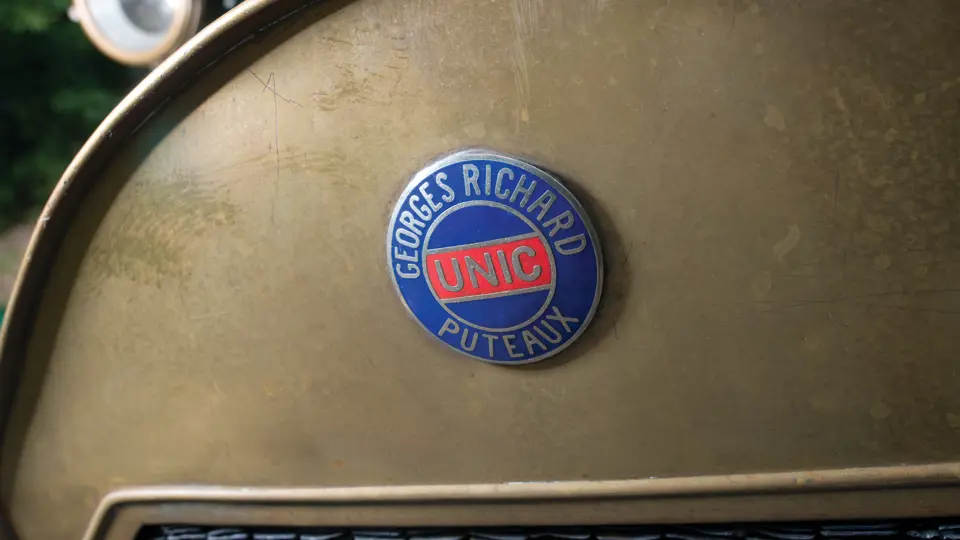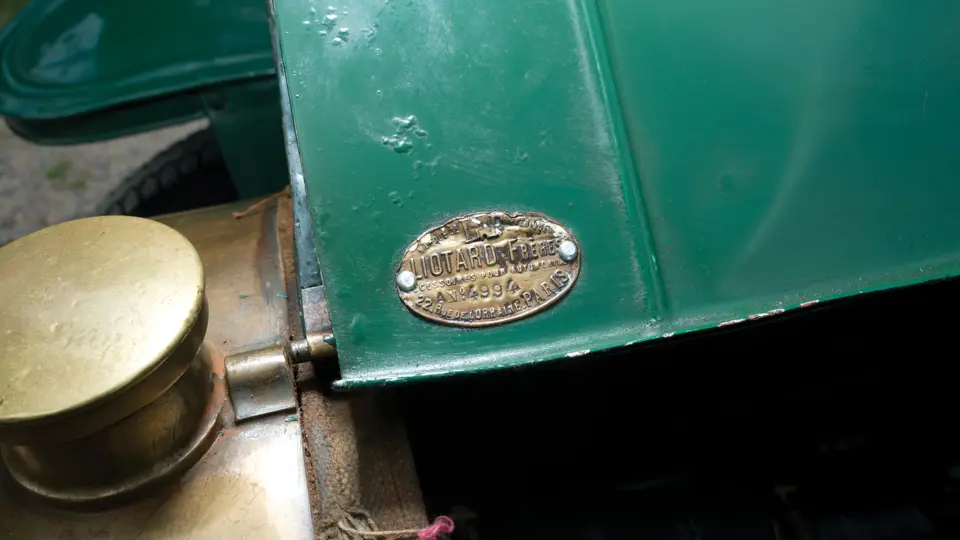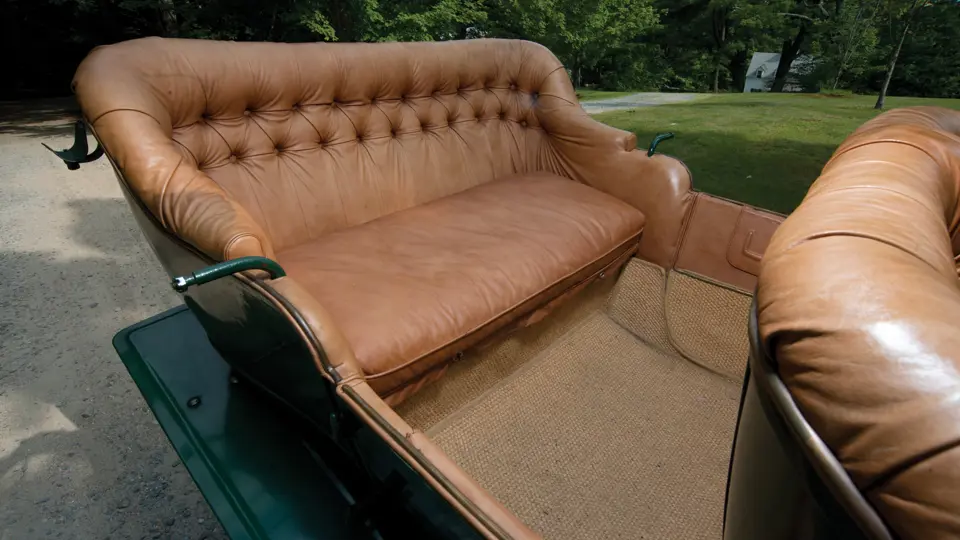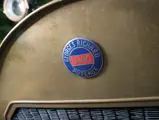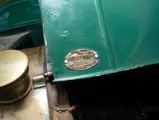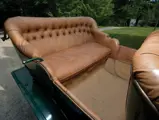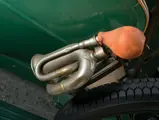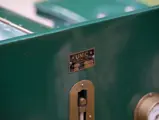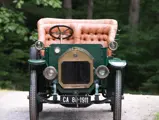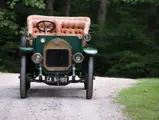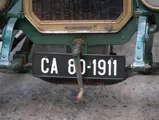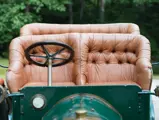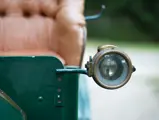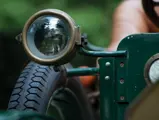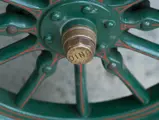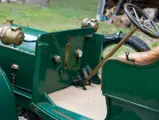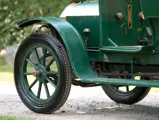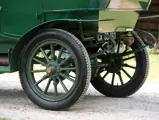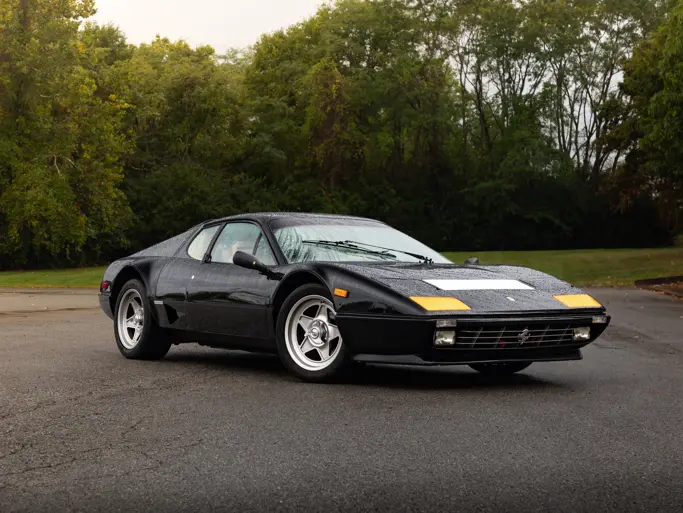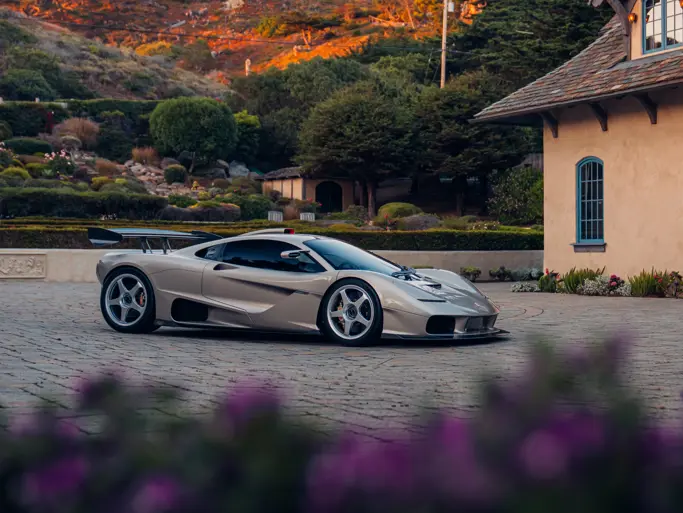
1911 Unic GS Roi-des-Belges by Gordon
{{lr.item.text}}
$30,250 USD | Sold
Offered from the collection of John Moir
{{bidding.lot.reserveStatusFormatted}}
- Offered from the collection of John Moir
- Pioneering French engineering with bespoke British coachwork
- Largely original and well-preserved condition
- An ideal Brass Era tour car
12 bhp, 800 cc side-valve four-cylinder engine, four-speed manual transmission, semi-elliptic leaf-spring suspension, and rear-wheel mechanical brakes. Wheelbase: 94 in.
Georges Richard was the scion of the Richard firm, which had been established in Paris around 1850 to make meters, photographic equipment, and, later, bicycles. Like many bicycle manufacturers, the firm turned to building horseless carriages around 1897. Henri Brasier, an engineer, was brought into the firm in 1901, and by 1904, he had eased Richard out and the firm became known first as Richard-Brasier and then, simply, Brasier. It was this company that built John Moir Sr.’s first car, which was purchased in 1912 and is now offered at this auction.
The booted Monsieur Richard went on to establish a second company, Unic, in 1906. The name was used because Richard planned to build a single size of a two-cylinder engine, groups of which would be used to make four- and six-cylinder models, which was truly a “unique” idea. By 1911, engineering had advanced to the point where the 800-cubic centimeter engine of the Unic GS was a single monobloc of four cylinders, but the name persisted.
The Moir Collection’s Unic GS is rather, well, unique. About two-thirds of Unic production was devoted to taxi cabs, which eventually filled the streets of London and Paris. This car, however, had a private owner and was fitted with custom coachwork by the Gordon Carriage Works, of London, United Kingdom. Mr. Moir acquired it from a gentleman in South Africa, which, as he notes, “explains the lack of a top and the fact that the upholstery is, I think, not horse or cowhide but perhaps antelope.”
That unusual upholstery is well worn and stretched, which has given it a wonderfully comfortable patina to match the decades-old green finish on the wooden body. With beautiful brass headlights and side lamps and wooden wheels to match the body, the car has a nicely understated appearance. It has not been driven in some time, and a mechanical service will be required before taking the car to the road.
With some preparation, this will make a most unusual and interesting driver for Brass Era tours, with its history and presentation that are second to none.

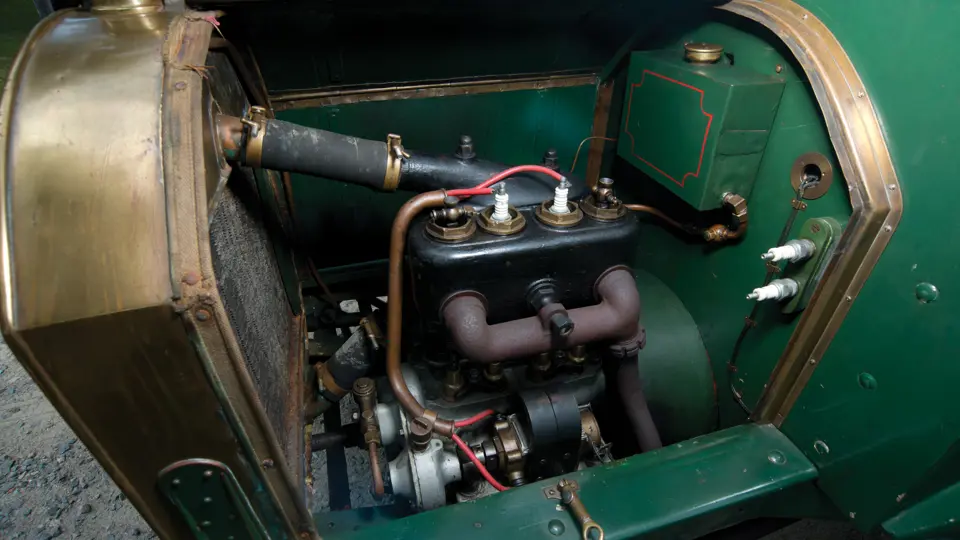


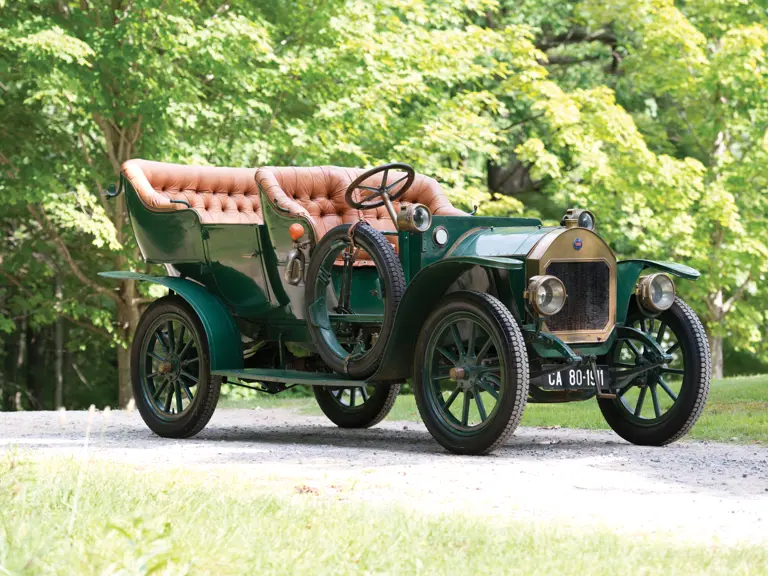

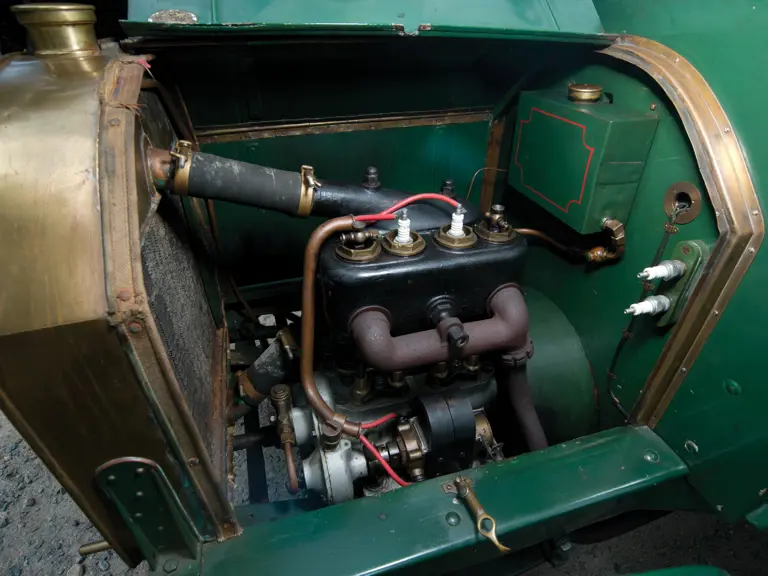

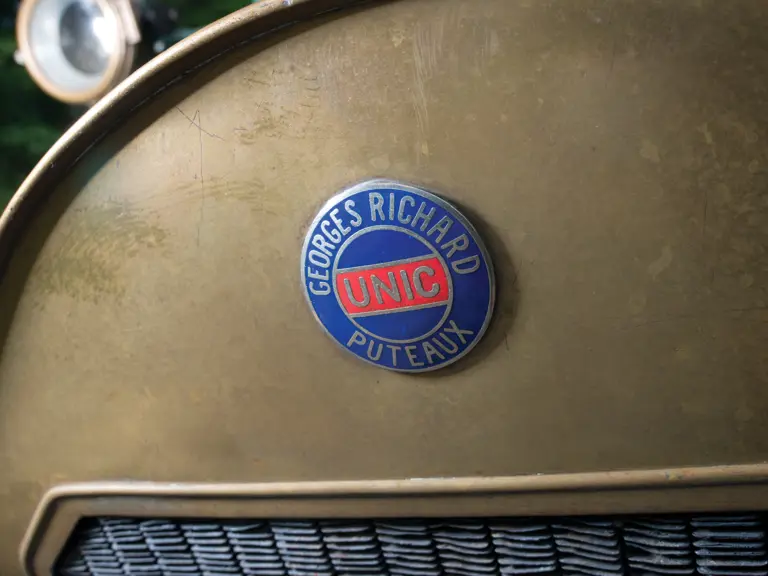
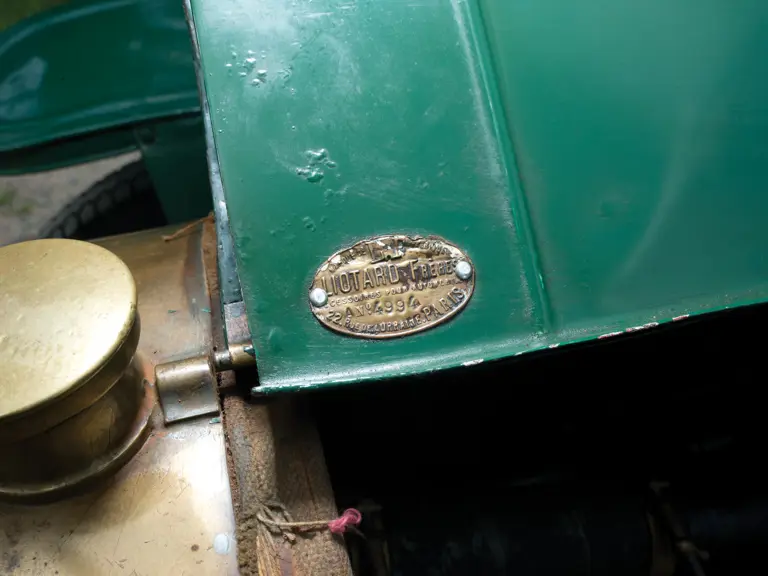
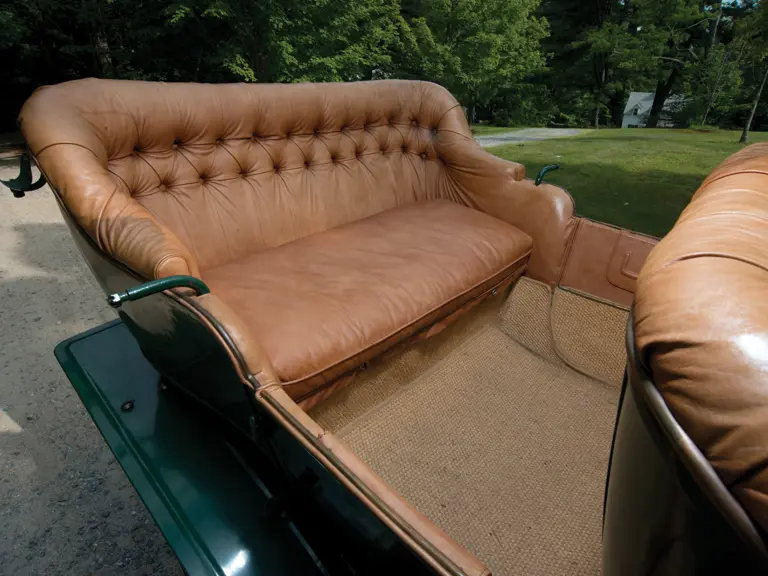
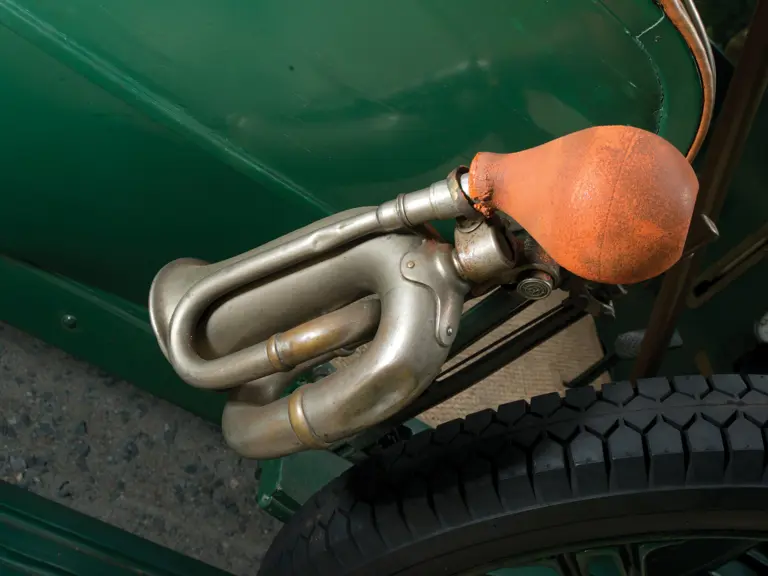


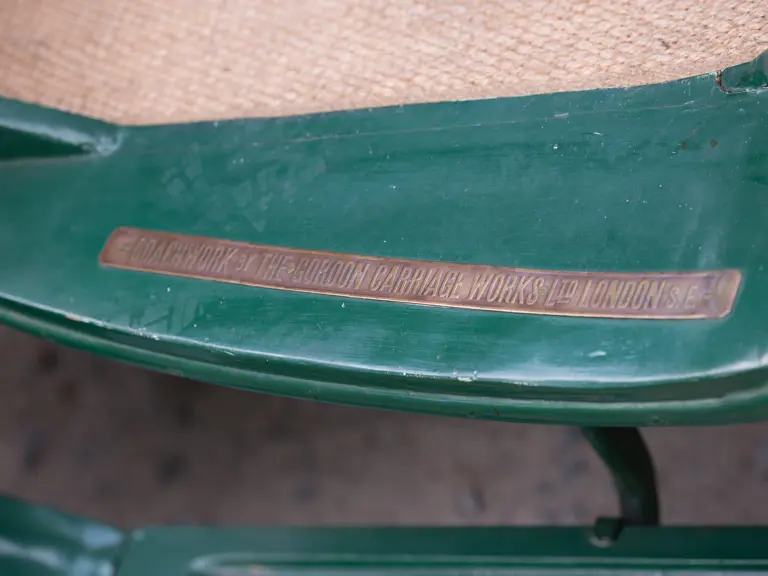



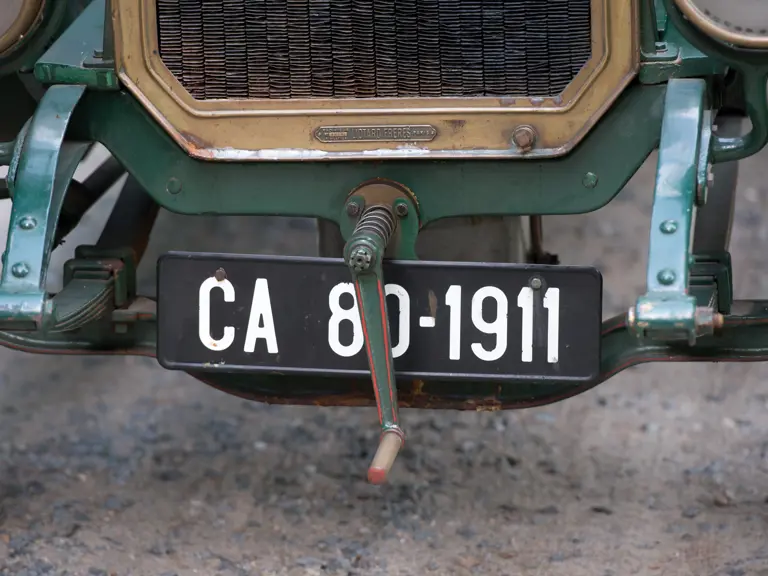
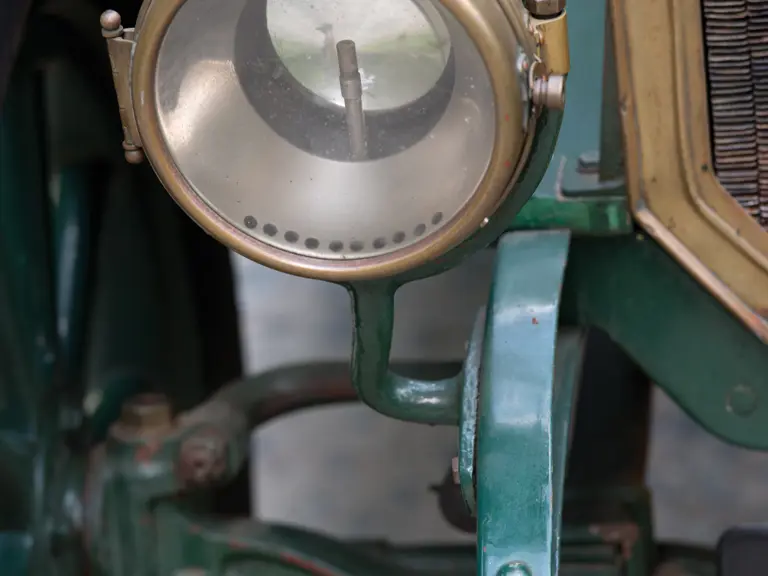
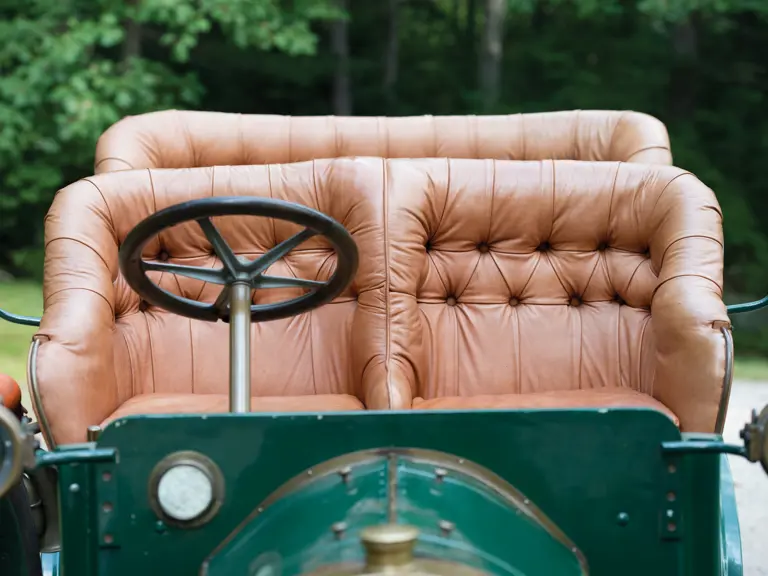
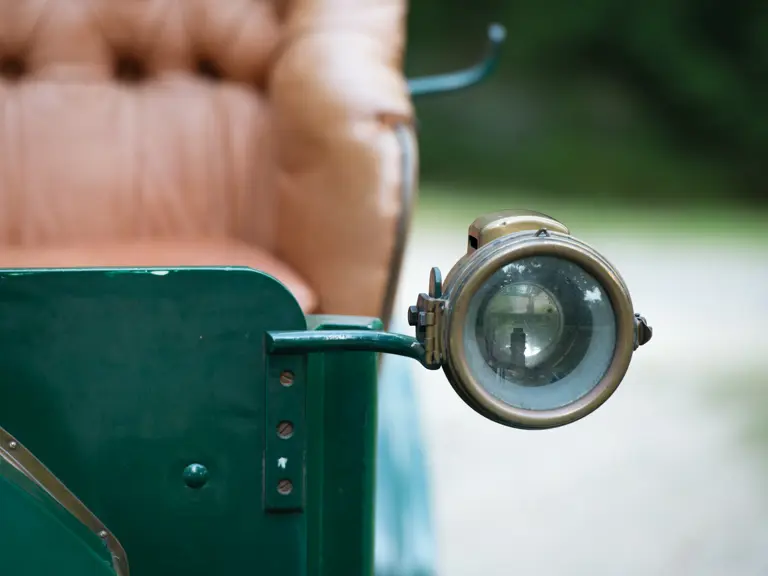
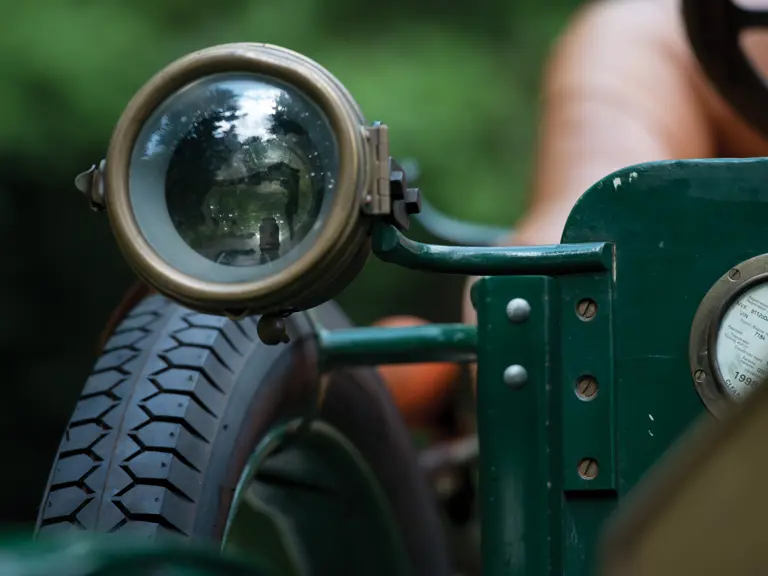

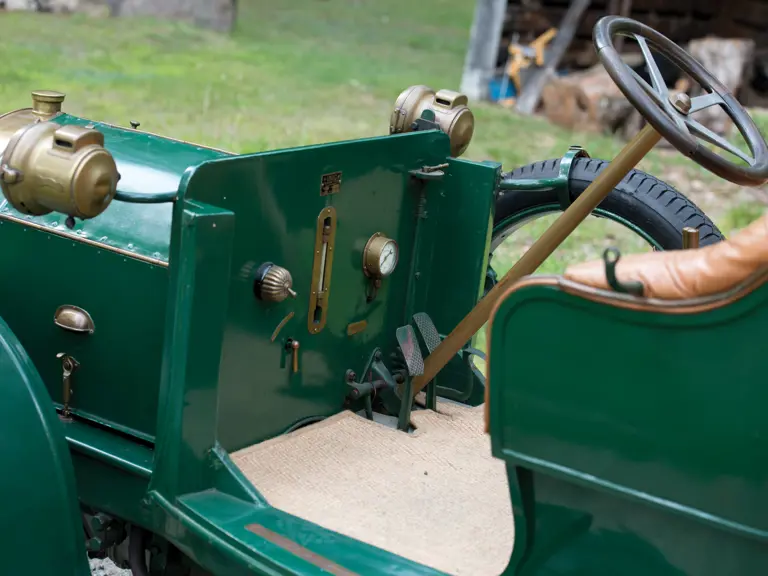
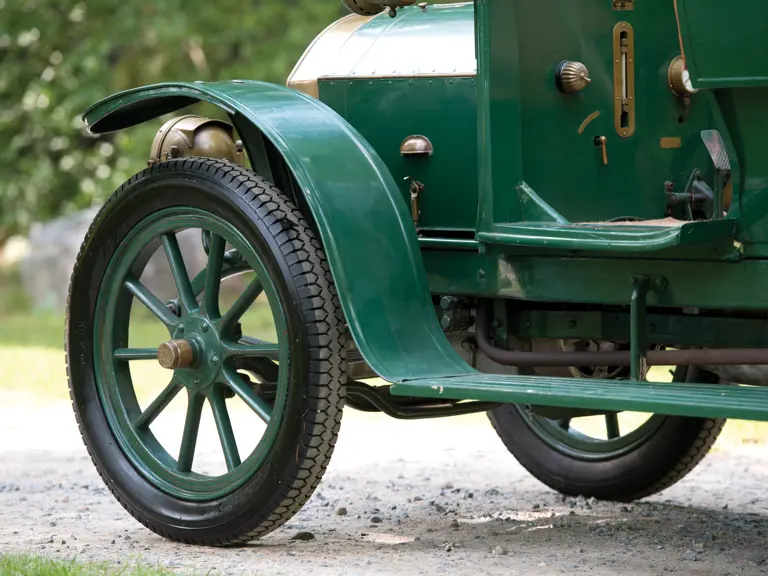
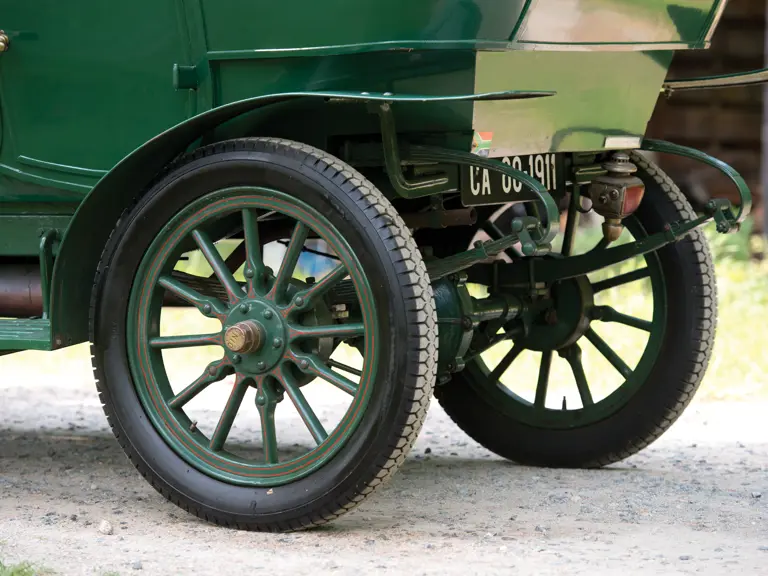

 | Hershey, Pennsylvania
| Hershey, Pennsylvania
